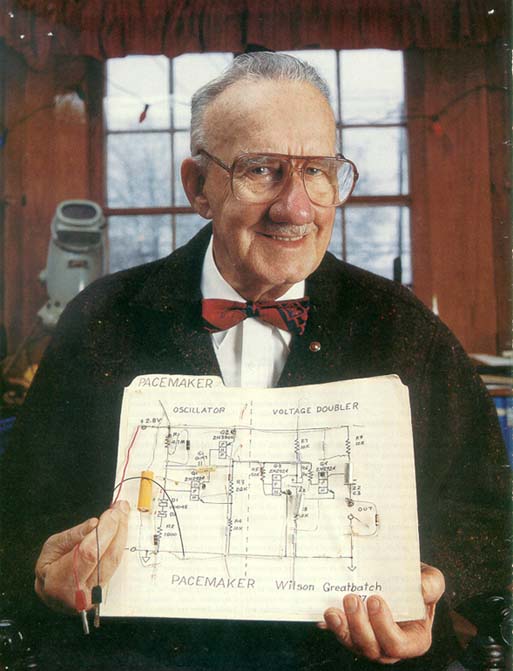Today I wrote the following email letter to an author who just submitted a manuscript and an accompanying cover letter to "my" journal:
Dear [Author’s Name],
I noticed in your cover letter the three names you suggested as prospective reviewers for your manuscript submitted to [My Journal]. A quick investigation reveals that these three people have all served as co-authors on prior publications co-authored by you and thus have a conflict of interest if they accept the review of your manuscript submitted to [My Journal].
I believe suggesting reviewers that have a conflict of interest cannot be considered good scholarly behavior and is even unethical. I have been lining towards rejecting your manuscript immediately, however this would harm the career of your current co-author, [Name Co-Author], which is not my intention.
From your cover letter I can also read that you are currently an associate editor for [His Journal]. I must admit that this worries me, as members of the editorial boards of highly reputed journals that use peer review should be members in good standing and thus refrain from creating and/or benefitting from conflicts of interest. I am pretty sure the Editor-in-Chief of [His Journal], [Name EiC], will agree with me.
In the interest of your co-author I will proceed with the review process of your manuscript. However, I hope you can assure me that this will never happen again.
I expect an acknowledgement of receipt of this message and, if possible, an explanation and/or reassurance.
Sincerely,
Wouter A. Serdijn, PhD, F-IEEE
Editor-in-Chief
IEEE Transactions on Circuits and Systems-I: Regular Papers"




 Last Tuesday, dear Readers, Senad Hiseni, honorary member of the Biomedical Electronics Groups (as he seems to have good contacts with Barak Obama), won the Best Poster Award at the annual ICT.Open in Veldhoven, the Netherlands. The jury decided that the poster contained just the right amount of information, was very informative and nicely laid out, but also well presented by its presenter.
Last Tuesday, dear Readers, Senad Hiseni, honorary member of the Biomedical Electronics Groups (as he seems to have good contacts with Barak Obama), won the Best Poster Award at the annual ICT.Open in Veldhoven, the Netherlands. The jury decided that the poster contained just the right amount of information, was very informative and nicely laid out, but also well presented by its presenter.  Today I learnt that the junior author of the manuscript submitted to my journal, of which I reported in the blog below, had sent in the cover letter on the senior co-author’s behalf, without the senior co-author knowing it. If true — the whole situation becomes quite confusing and blurred, I feel — then the senior author is not to blame for the whole situation but his junior co-author.
Today I learnt that the junior author of the manuscript submitted to my journal, of which I reported in the blog below, had sent in the cover letter on the senior co-author’s behalf, without the senior co-author knowing it. If true — the whole situation becomes quite confusing and blurred, I feel — then the senior author is not to blame for the whole situation but his junior co-author. 